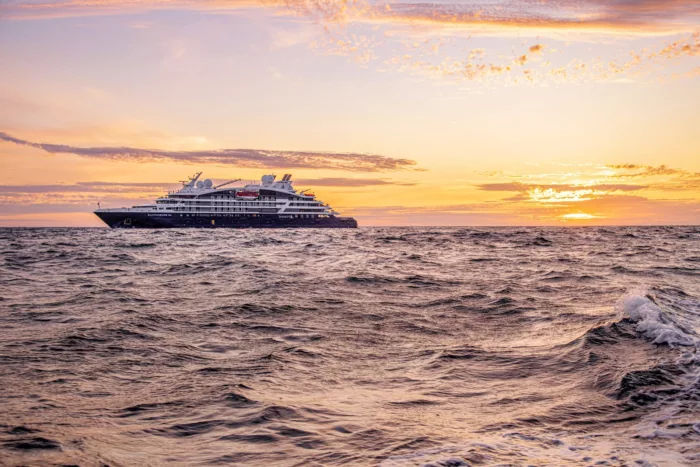
When searching for a luxury yacht expedition cruise, there’s one name above all else that you need to know – Ponant Cruises. Founded in 1988 by former French Merchant Navy officers, Ponant combines succulent luxury with authentic adventures on all seven continents.
From classic Mediterranean itineraries and Caribbean sailings, to bucket-list expeditions around Greenland and Antarctica, Ponant cruises proudly counteract the banality of mainstream voyages with a unique take on the concept of small-ship cruising. It’s the absolute trip of a lifetime.













Welcoming and spacious common areas, refined open-to-the-sea design, sleek exterior lines, a marina to make access to the ship's zodiac inflatables easier, hi-tech equipment, an outdoor pool, a multisensorial underwater lounge… Le Bougainville represents the new generation of ships designed to combine discovery and exploration with luxury, even in the planet's most remote and isolated regions.







